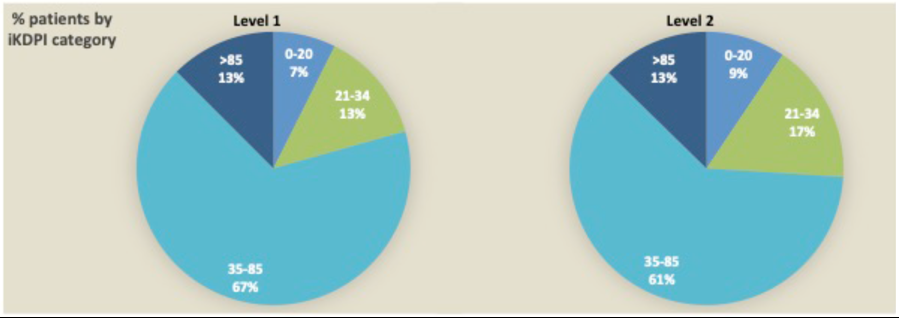Unsuccessful Resuscitative Thoracotomy Patients Are Potential Kidney Donors
1University of Colorado Hospital, Aurora, CO, 2Denver Health Medical Center, Denver, CO
Meeting: 2019 American Transplant Congress
Abstract number: B139
Keywords: Donors, non-heart-beating, Kidney transplantation, Preservation, Waiting lists
Session Information
Session Name: Poster Session B: Kidney Donor Selection / Management Issues
Session Type: Poster Session
Date: Sunday, June 2, 2019
Session Time: 6:00pm-7:00pm
 Presentation Time: 6:00pm-7:00pm
Presentation Time: 6:00pm-7:00pm
Location: Hall C & D
*Purpose: Renal transplantation remains the most effective therapy in patients with end-stage renal disease, offering exceptional survival benefits and quality of life improvement. However, a severe donor shortage persists. The objective of this study was to assess if unsuccessful trauma resuscitation patients are a viable source of kidney donors. These patients are typically young, sustain localized injuries, have vascular access and are self-selecting for short warm-ischemia times
*Methods: All patients undergoing an emergency department thoracotomy (EDT) in a level I and II trauma center were retrospectively evaluated over 2 years (2016-2018) and 5 years (2013-2018), respectively. Patients declared dead over 90 minutes after admission were excluded. We calculated the KDPI, evaluated trauma mechanism and assessed warm-ischemia time. Missing data for calculating the KDPI were imputed using multiple imputation with chained equations. The results were applied to the 2015 ACS National Trauma Data Bank (NTDB) producing national estimates.
*Results: 36 and 50 patients were analyzed from the level 1 and level 2 centers, respectively. Mortality rates were 87% and 88%. Mean ages were 36 (CI 32-40) and 39 (35-44) years. Median time from injury to death was 43 (IQR 34-55) and 35 (IQR 29-43) minutes; 66% and 67% of patients had penetrating injuries. The figure shows KDPI distribution. Applying these results to the NTDB (137 blunt and 363 penetrating non-survivors) showed that only 55 (11%) patients would have an estimated KDPI over 85%, whereas 321 (64%) would have a KDPI between 35 and 85%, 81 (16%) between 21 and 34% and 43 (9%) between 0 and 20%. Nationally, these would add a potential 890 kidney grafts per year.
*Conclusions: Unsuccessful EDT patients have excellent KDPI scores and acceptably short warm-ischemia times, leaving ample opportunity for initiation of organ preservation. Protocols to recover kidney grafts from this population have potential to significantly increase the donor pool.
To cite this abstract in AMA style:
Prins K, Moore HB, Sauaia A, Choudhury R, McIntyre RC, Cralley A, Urban S, Moore EE, Pomfret EA, Nydam TL. Unsuccessful Resuscitative Thoracotomy Patients Are Potential Kidney Donors [abstract]. Am J Transplant. 2019; 19 (suppl 3). https://atcmeetingabstracts.com/abstract/unsuccessful-resuscitative-thoracotomy-patients-are-potential-kidney-donors/. Accessed December 14, 2025.« Back to 2019 American Transplant Congress

